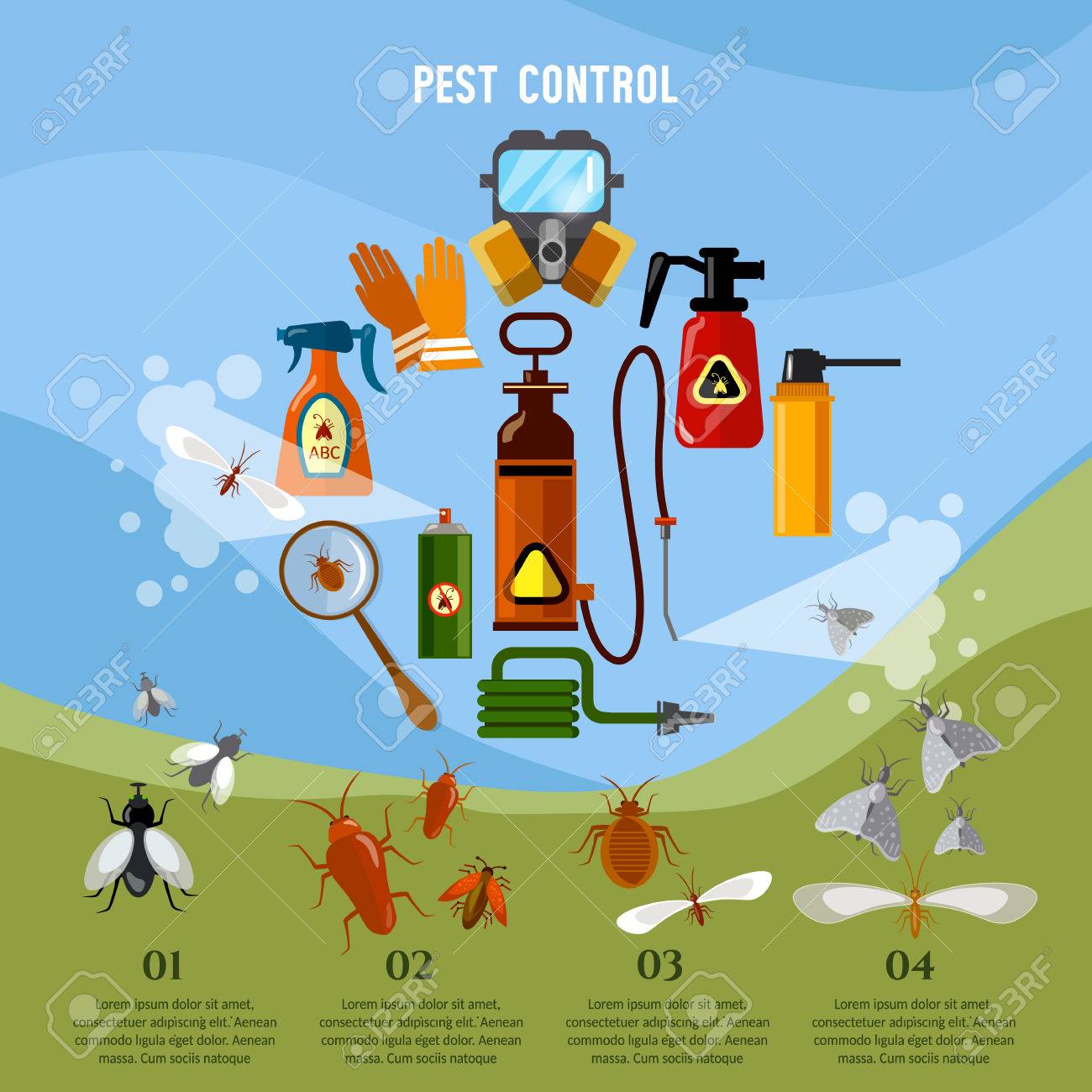Discover Important Strategies To Guard Your House From Rodents In The Attic Room
Discover Important Strategies To Guard Your House From Rodents In The Attic Room
Blog Article
Write-Up By- mice exterminator price
Imagine your attic room as a comfortable Airbnb for rodents, with insulation as fluffy as resort pillows and circuitry more luring than room service. Now, picture these undesirable guests tossing a wild celebration in your house while you're away. As mosquito control services , guaranteeing your attic is rodent-proof is not nearly peace of mind; it has to do with protecting your property and loved ones. So, what easy steps can you require to guard your haven from these hairy intruders?
Inspect for Access Details
To start rodent-proofing your attic, check for access points. Beginning by very carefully checking out the exterior of your home, looking for any kind of openings that rodents might use to get to your attic room. Check for spaces around utility lines, vents, and pipelines, as well as any type of splits or holes in the structure or exterior siding. Make sure to pay attention to areas where various building products meet, as these are common entrance factors for rodents.
Additionally, evaluate the roofing for any damaged or missing tiles, along with any gaps around the sides where rodents might press with. Inside the attic room, seek signs of existing rodent task such as droppings, chewed cables, or nesting products. Utilize a flashlight to thoroughly inspect dark edges and concealed rooms.
Seal Cracks and Gaps
Examine your attic thoroughly for any cracks and spaces that need to be secured to prevent rats from entering. Rodents can press through also the smallest openings, so it's vital to secure any kind of possible access points. Inspect around pipelines, vents, cords, and where the walls fulfill the roofing. Use a combination of steel woollen and caulking to seal off these openings effectively. Steel woollen is an exceptional deterrent as rodents can not chew via it. Make sure that all voids are tightly sealed to refute access to undesirable insects.
Do not forget the significance of sealing spaces around windows and doors too. Usage weather condition stripping or door sweeps to secure these locations properly. Evaluate the areas where energy lines enter the attic room and secure them off making use of a suitable sealer. By putting in the time to secure all splits and spaces in your attic, you develop an obstacle that rodents will certainly discover tough to breach. Prevention is key in rodent-proofing your attic, so be thorough in your initiatives to seal off any possible access factors.
Remove Food Sources
Take aggressive actions to remove or store all possible food resources in your attic room to hinder rodents from infesting the space. Rats are attracted to food, so eliminating their food sources is critical in maintaining them out of your attic room.
Here's what termite abatement can do:
1. ** Store food securely **: Avoid leaving any food products in the attic room. Store all food in impermeable containers made of metal or sturdy plastic to prevent rats from accessing them.
2. ** Tidy up particles **: Remove any type of heaps of debris, such as old papers, cardboard boxes, or timber scraps, that rodents might utilize as nesting product or food sources. Maintain the attic room clutter-free to make it much less appealing to rats.
3. ** Dispose of waste appropriately **: If you utilize your attic for storage and have trash or waste up there, make sure to dispose of it routinely and appropriately. Rotting trash bin attract rodents, so maintain the attic clean and without any kind of natural waste.
Conclusion
To conclude, remember that an ounce of avoidance is worth an extra pound of remedy when it involves rodent-proofing your attic.
By putting in the time to evaluate for entry points, seal splits and spaces, and get rid of food resources, you can keep unwanted bugs at bay.
Bear in mind, 'An ounce of avoidance is worth an extra pound of treatment' - Benjamin Franklin.
Stay positive and safeguard your home from rodent problems.
